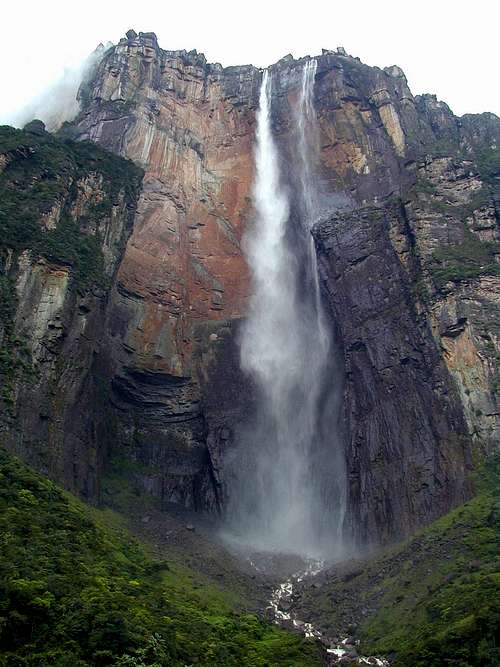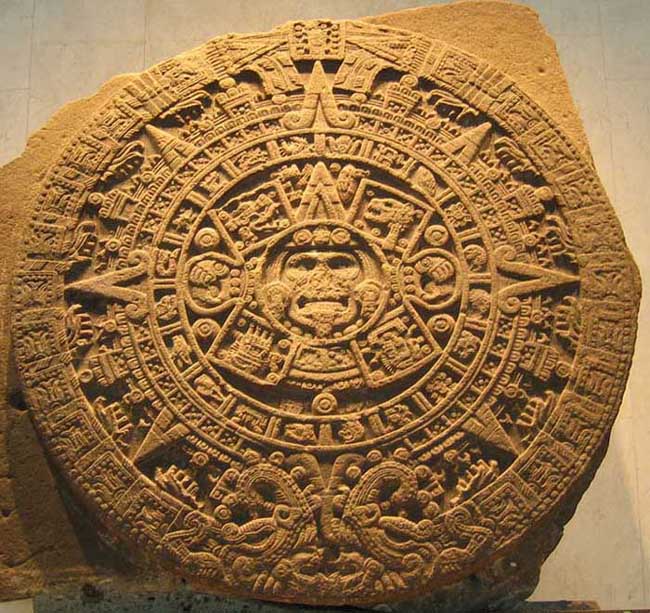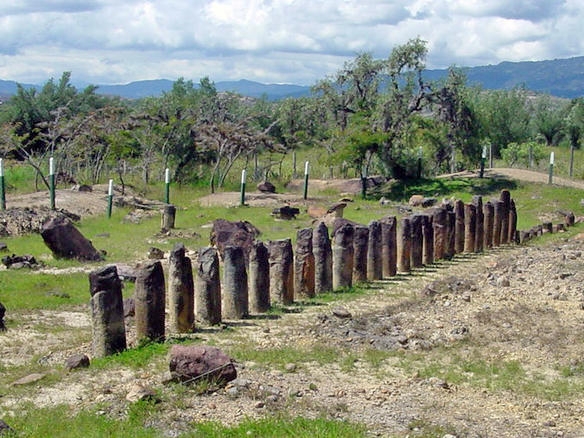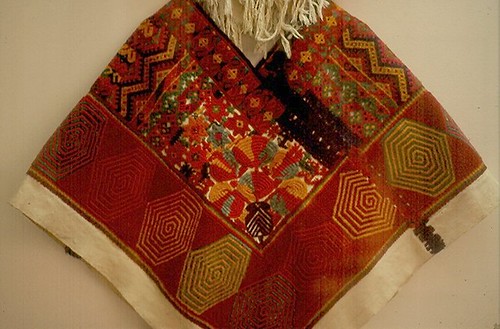Latin America is a land full of many geographical regions. Each region can be found on the map below, and is color coded. In addition, Latin America is home to many rivers such as the Amazon, and mountain ranges such as the Andes. It is located between two major oceans, the Pacific and the Atlantic, and encompasses the Gulf of Mexico.
To further develop our understanding of these regions, I will post a few pictures and point out some of the main features of each region.
Cordillera Ranges, Intermontane Plateaus and Basins:
This region, which stretches from Mexico down to Bolivia, is the most extensive, as well as the most populated region. It contains Latin America's greatest mountain range, as seen below. Additionally, the fertile valleys and plateaus are a great source of livelihood for many inhabitants. Having been to Bolivia and done a bit of touring in the area, I though I would upload my own photos of this region. It is an absolutely gorgeous place and I have a lot of great memories.
The Gulf Coast which extends from Mexico to Columbia is a popular tourist destination, (one which I have visited myself!) because of its warm climate and tropical landscape, and warm waters. Below is a picture of my own experience with the Gulf Caribbean Coastal Lowlands.
Pacific Littoral
The Pacific Littoral region extends, as its name suggests, along the Pacific Coast. The area is narrow, as it is a coastal region. Additionally it tends to be quite humid in this area. In places such as Equador, this area is used for growing fruit crops such as bananas.
Antilles
The Antilles are a group of islands situated in the middle of the Caribbean Sea. Many of them are settled by people of African descent. This region thrives on tourism, and subsistence agriculture.
Orinoco Llanos
This small plains region in Columbia and Venezuela, lies between the Andes and Guiana highlands. It a region that is sparsely populated but contains a lot of natural resources.
Guiana Highlands:
This area contains some of the world largest waterfalls, and is full of natural resources. This place looks stunning! I would love to travel here one day.
Amazonia:
This region contains the Amazon rain-forest, as well as the Amazon river. Although not many inhabitants settle in this region, there is abundant wildlife. A major environmental concern is the destruction of the rain-forest.

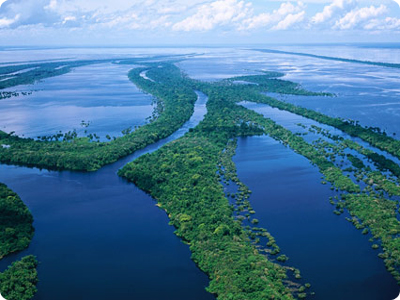
Brazilian Highlands:
The Brazilian highlands is a region of rapid population growth. With its subtropical climate ideal for growing crops such as coffee, this region is attracting a lot of people. Some of Latin America's largest cities also reside in this region
which covers most of Brazil and is situated on South America's west coast. It is a diverse region that contains rain-forest, plateaus and mountainous areas full of mineral deposits.
Peruvian Atacama Desert
This small region located on the Pacific Coast in Peru is one of the dries places in the world due to the winds and currents that prevail in this area. The El Nino phenomenon occurs often here.
Middle and South Chile:
This area has an almost dry summers and mild winters with lots of precipitation. There is lots of foresting activity, farming and mineral deposits in this region.
Patagonia:
Much of this region lies in Argentina. The area contains both desert and highlands suitable for farming when irrigated.
Plata-Parana Basin
This final region is located on the SE coast of South America. This region has some of the best soil in the world, and therefore is conducive to agriculture.













